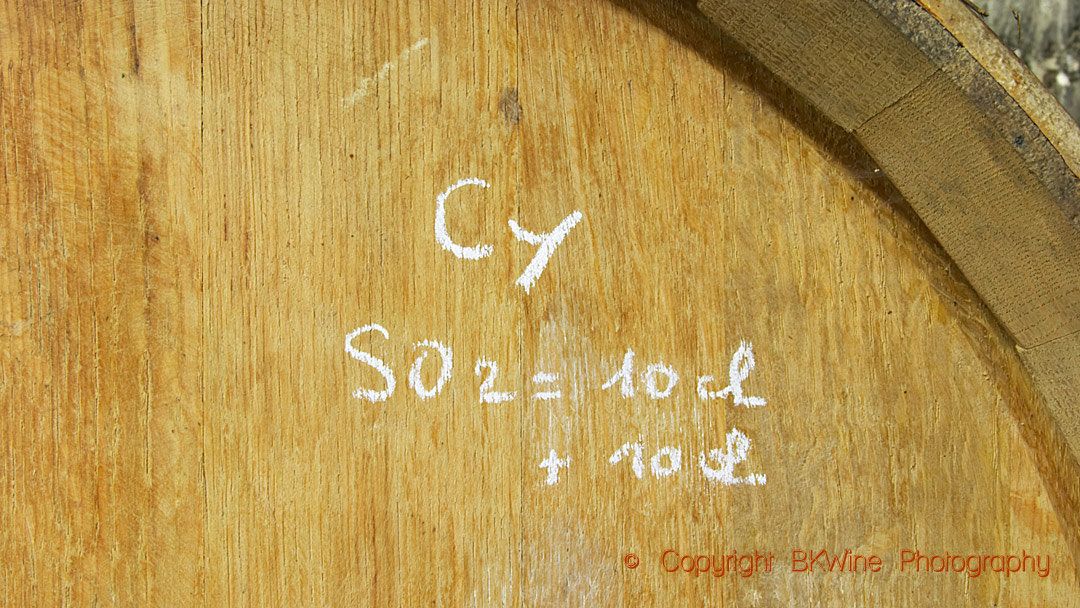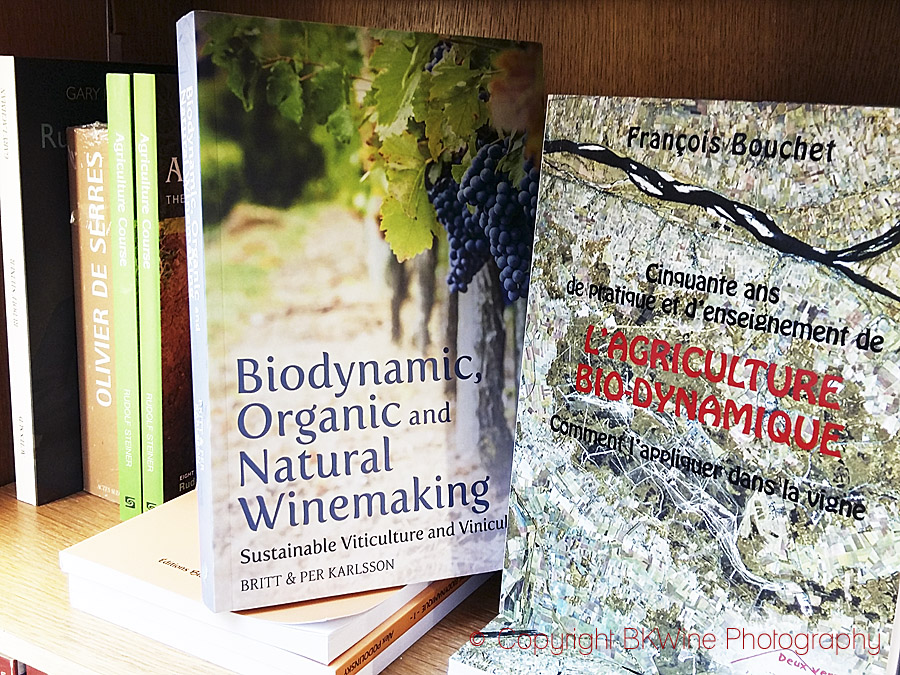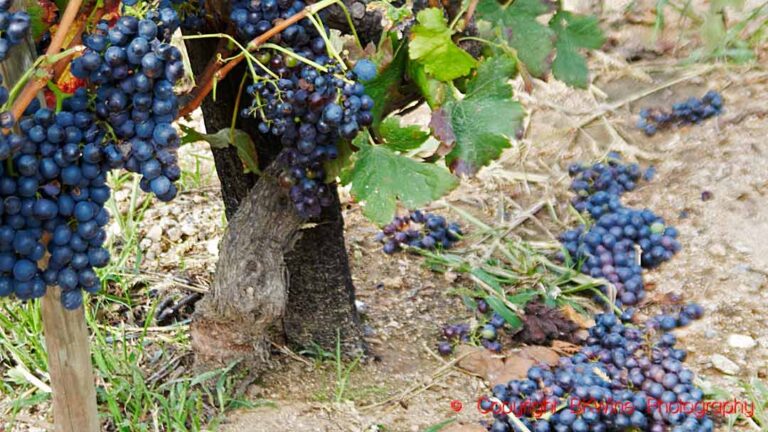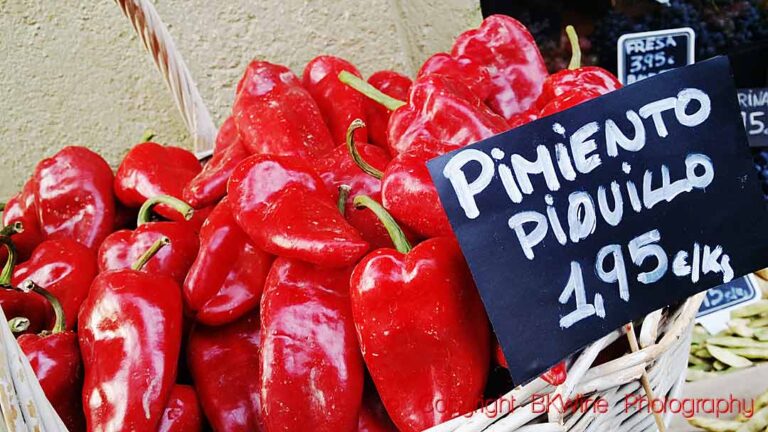From being a fairly unremarkable additive in most wines, sulphur dioxide has recently turned into a burning topic of discussion for wine enthusiasts. SO2 is added to the wine to protect it from premature oxidation. It also kills unwanted microorganisms.
Sulphur dioxide has been used widely in the wine industry since the end of the 18th century, so it is a long-standing practice. In recent years, there has been a substantial reduction in the amounts of sulphur added, which entails various challenges for wine producers – and consumers.
In addition to the sulphur dioxide that the winemaker adds to the wine, wine naturally contains some sulphites synthesised by the yeasts. It is often only a few milligrams per litre, but it is quite common for the “natural” amount to reach 30 and 50 mg/l and in extreme cases up to 150-200 mg. How much depends on different things: how much you oxygenate the must, if it has been clarified, at what temperature you ferment, and more.
If no sulphur dioxide is added, you are allowed to put on the label “no sulphites added”. But that says nothing about exactly how much sulphur the wine contains. The warning “contains sulphites” must appear if it contains more than 10 mg/l.
Natural wine organisations often accept 30-50 mg/l of total sulphur, sometimes up to 70 mg/l. In other words, natural wines can also contain substantial amounts of sulphur.
Read more VigneVin (pdf).
Read: Read more about additives in wine in our book on organic wines.












